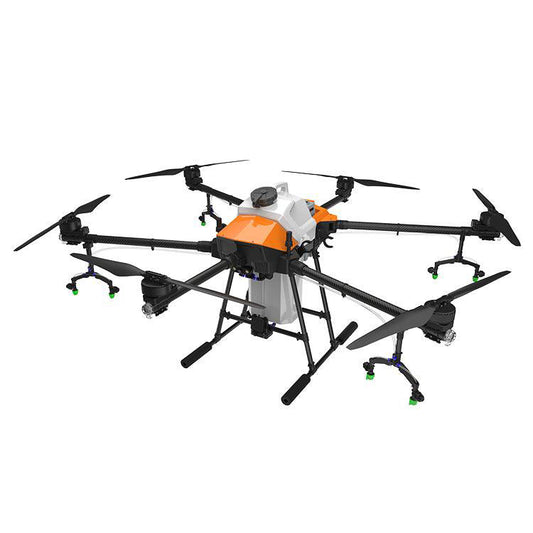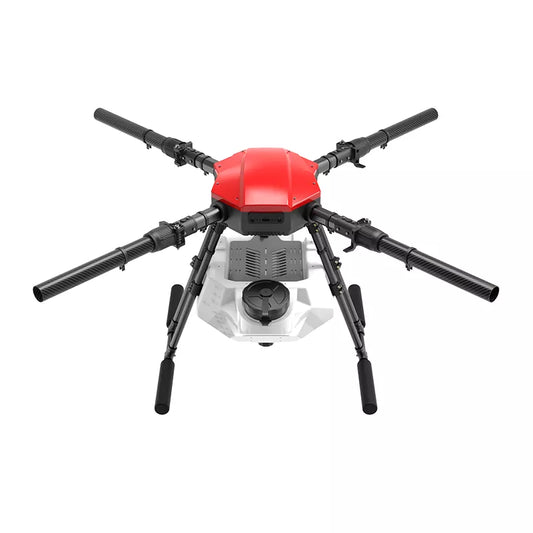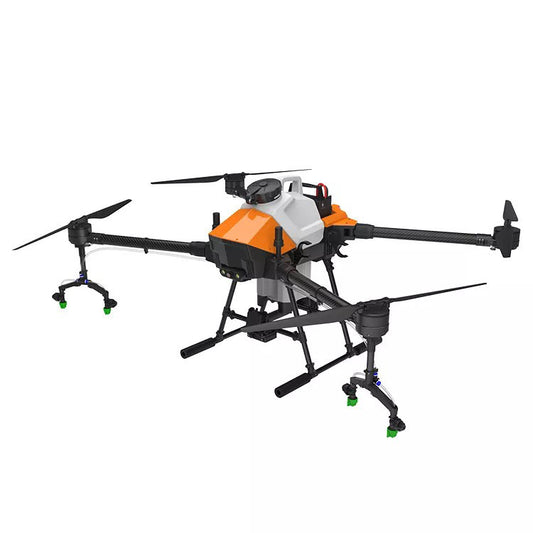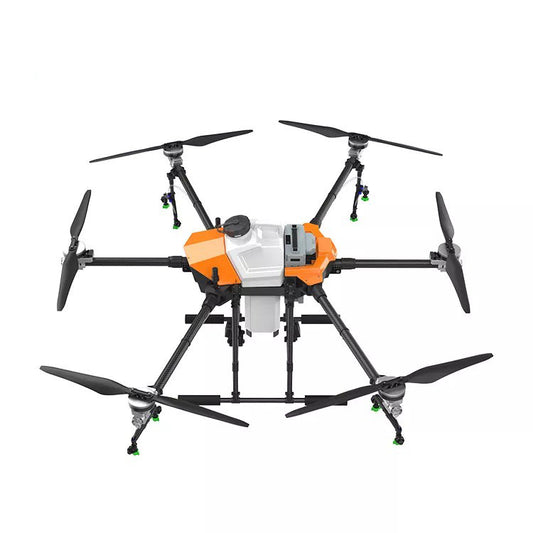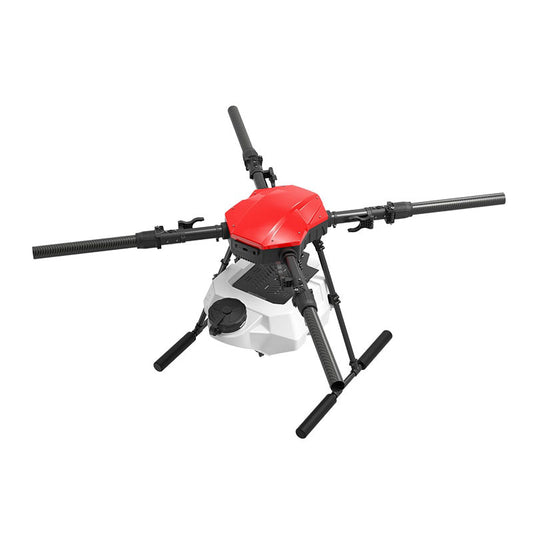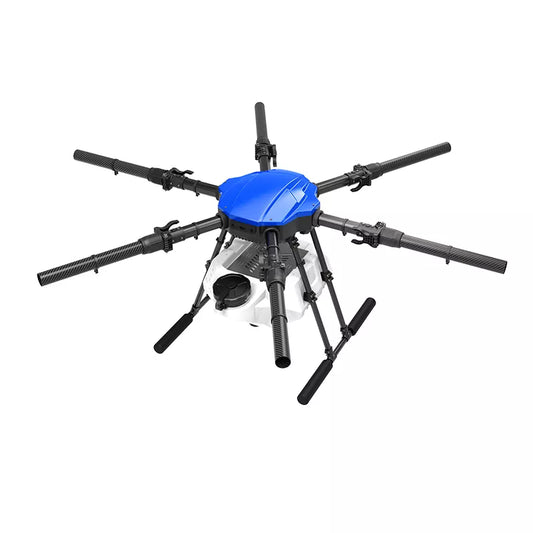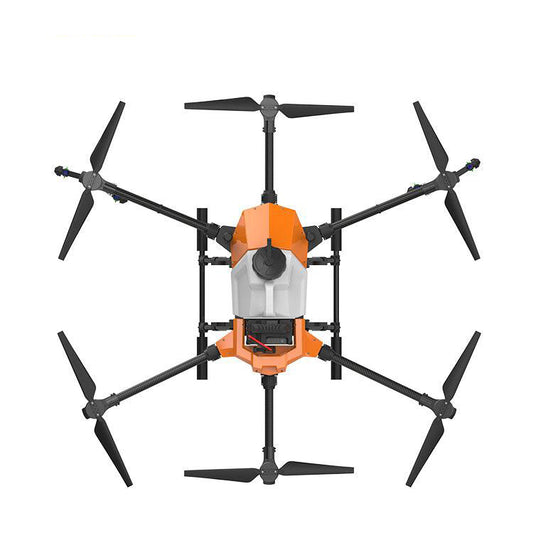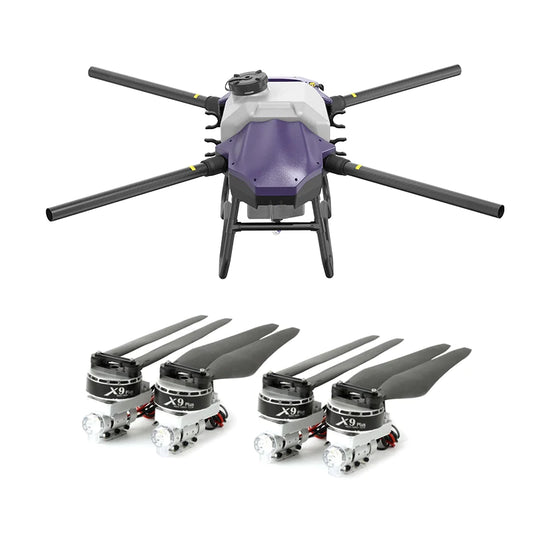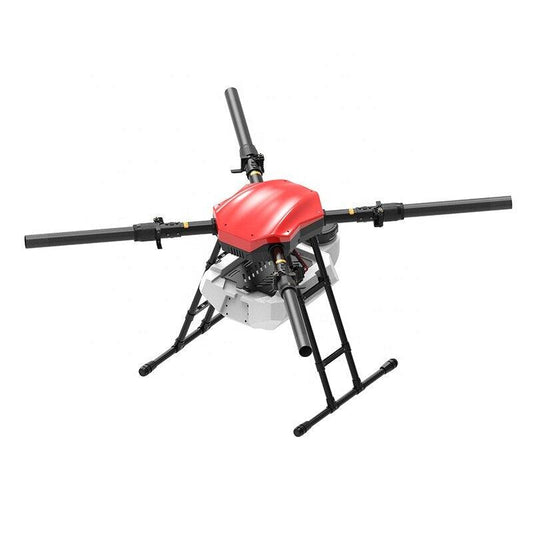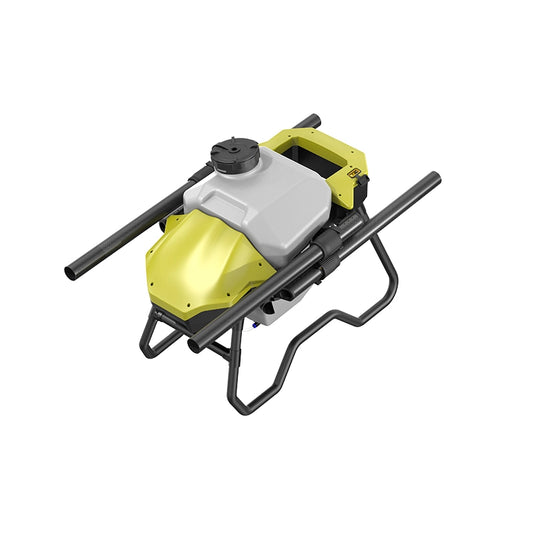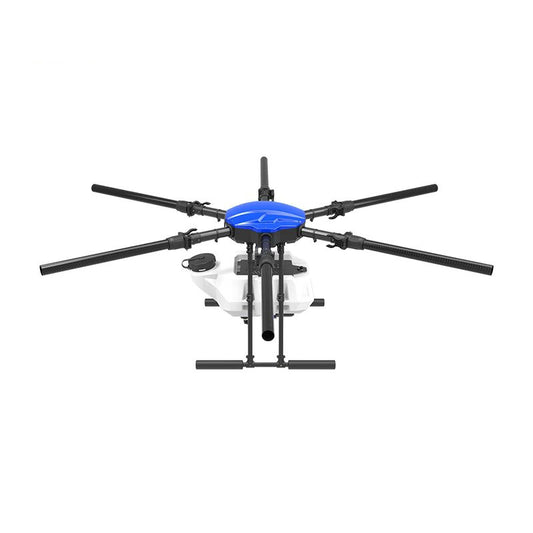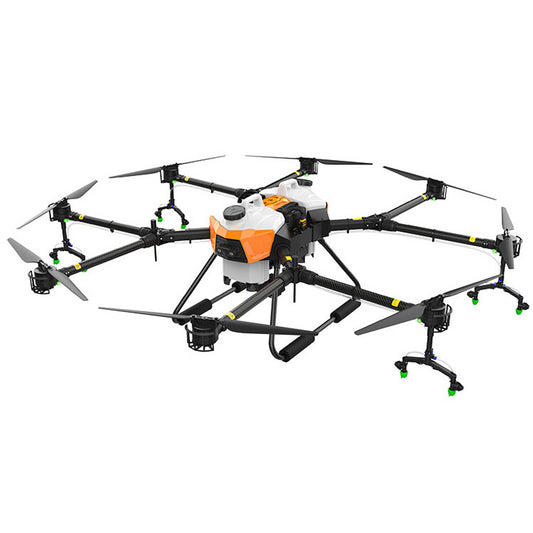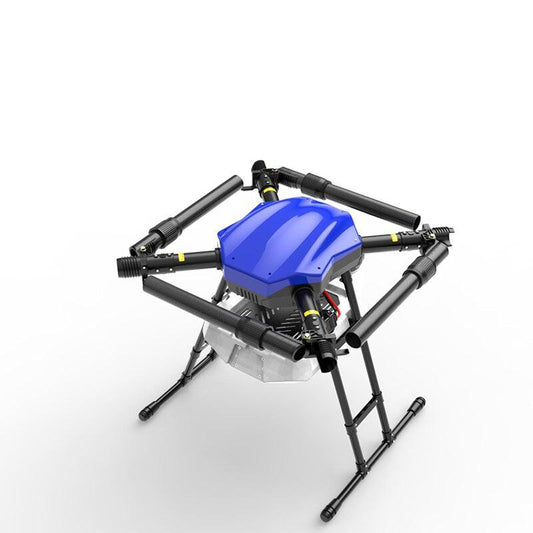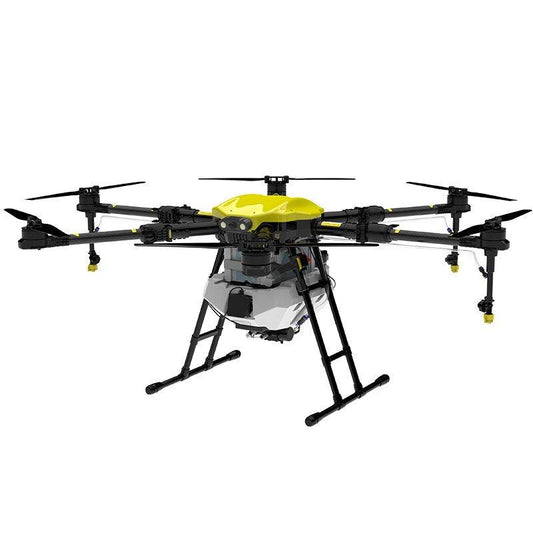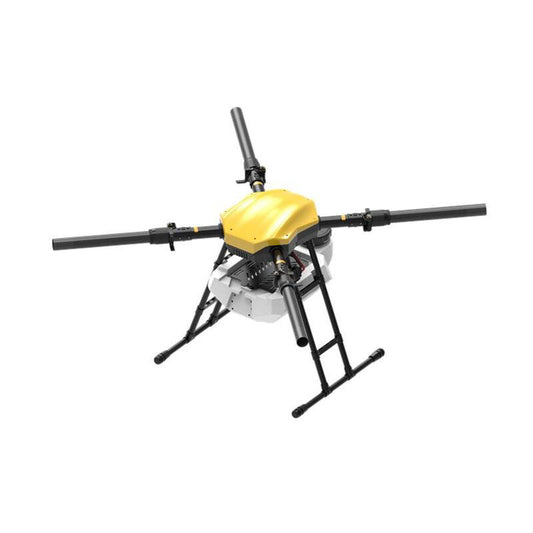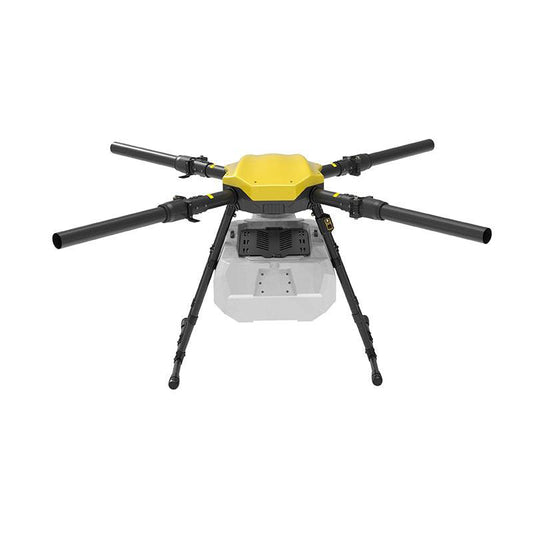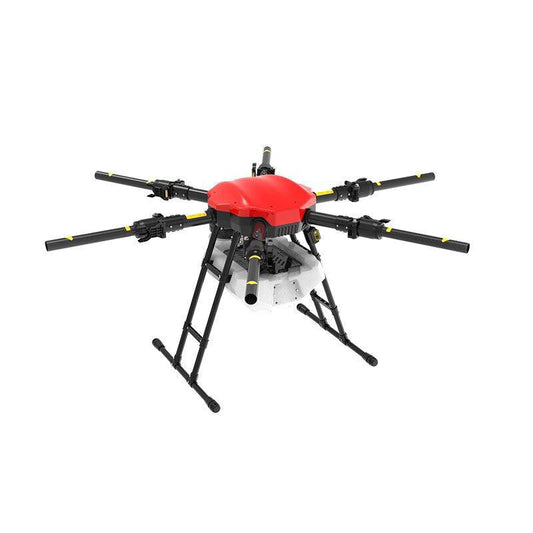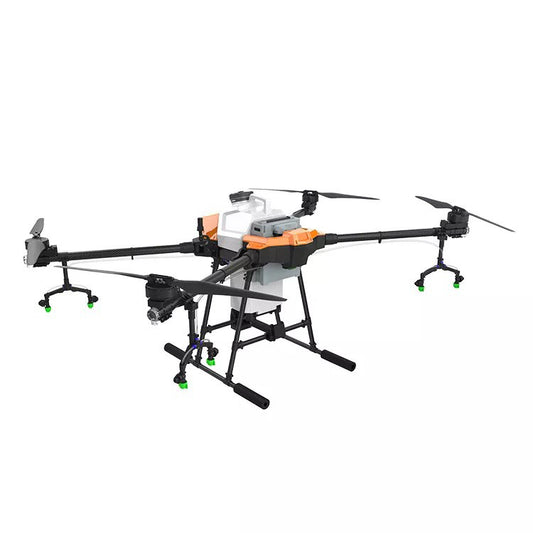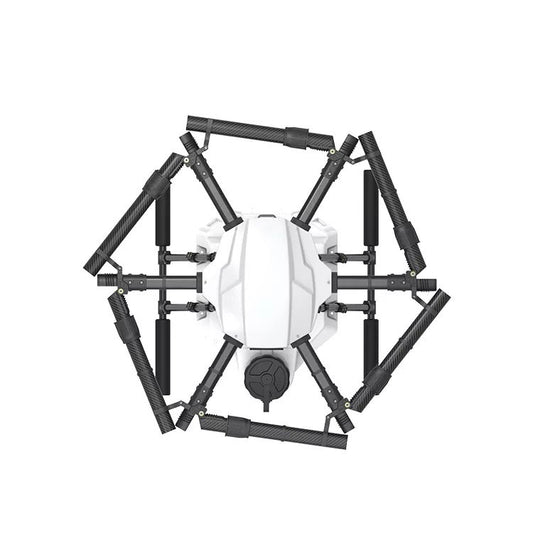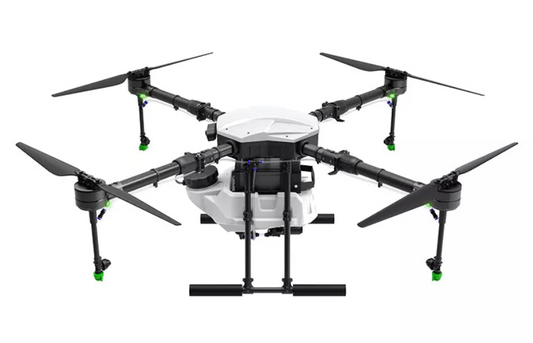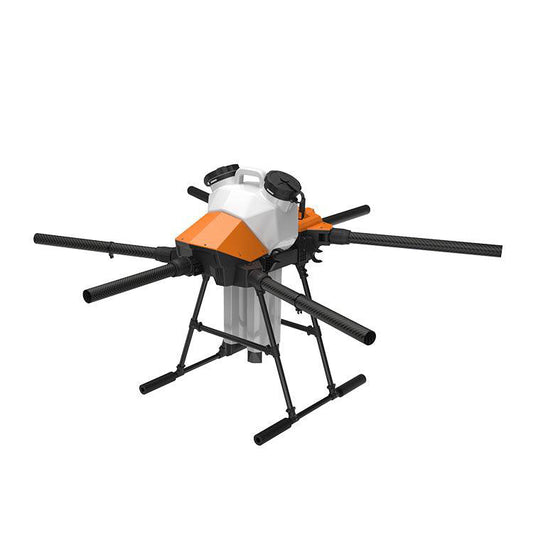Agriculture Drone Capacity
-
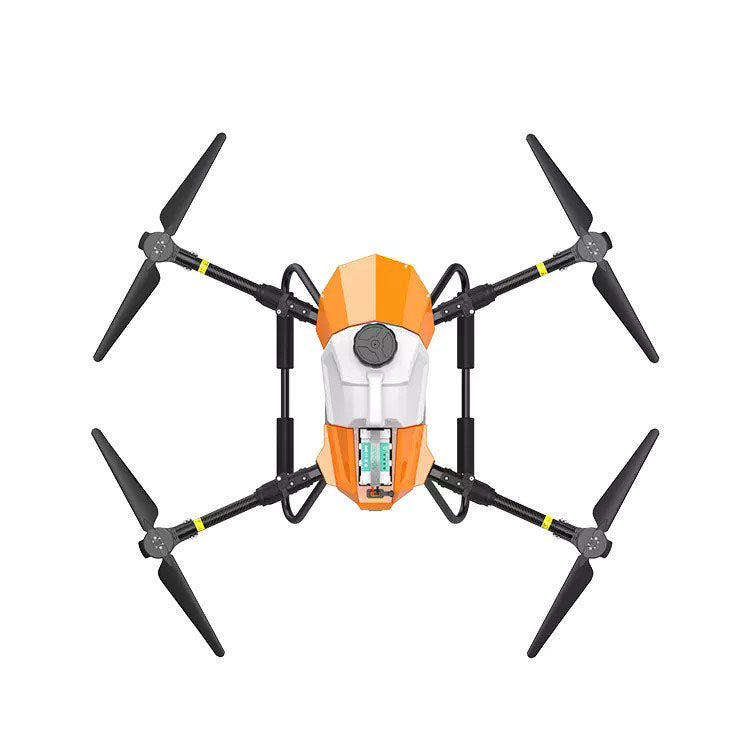
6L Agriculture Drone
Explore our 6L Agriculture Drone collection, led by the EFT G06 V2....
-
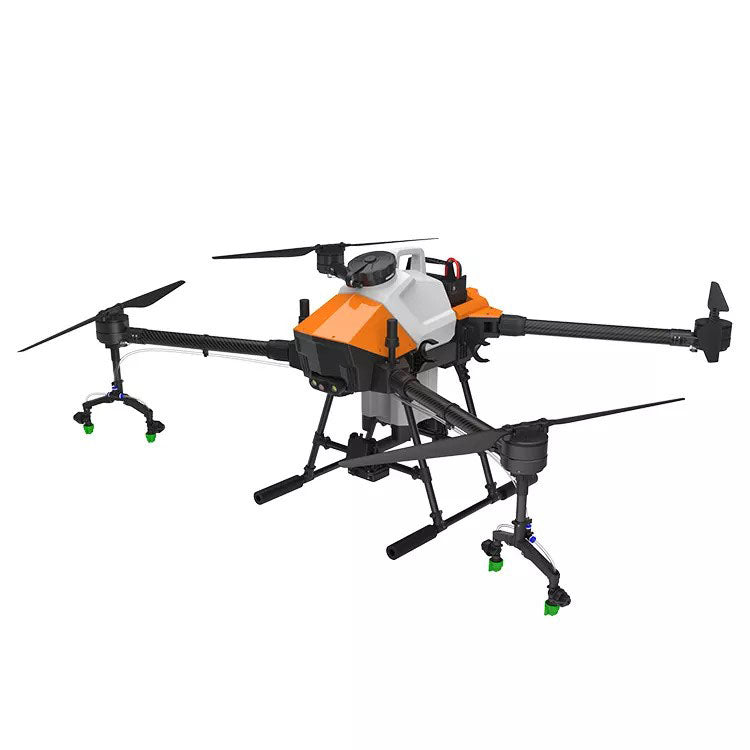
10L Agriculture Drone
This collection features 10L agriculture drones designed for efficient crop spraying and...
-
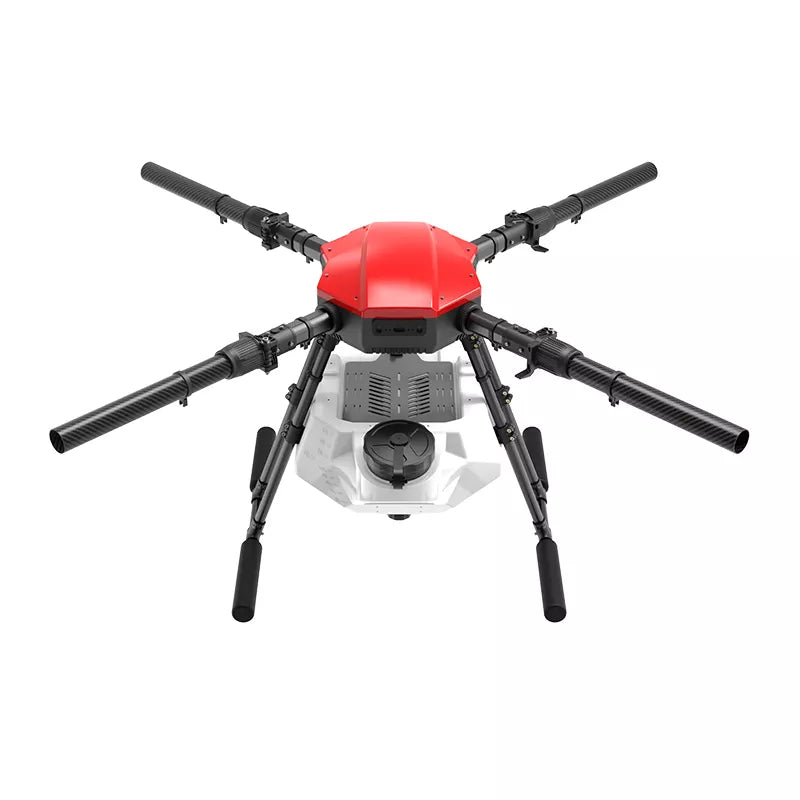
16L Agriculture Drone
This collection features a wide range of 16L agriculture drones designed for...
-

20L Agriculture Drone
This collection includes 20L agriculture drones from EFT, Dreameagle, JIS, XAG, AGR,...
-

30L Agriculture Drone
30L Agriculture Drones are powerful UAVs designed for precision crop spraying, seeding,...
-

40L Agriculture Drone
Explore our 40L Agriculture Drone lineup from top brands like Dreameagle, TopXGun,...
-
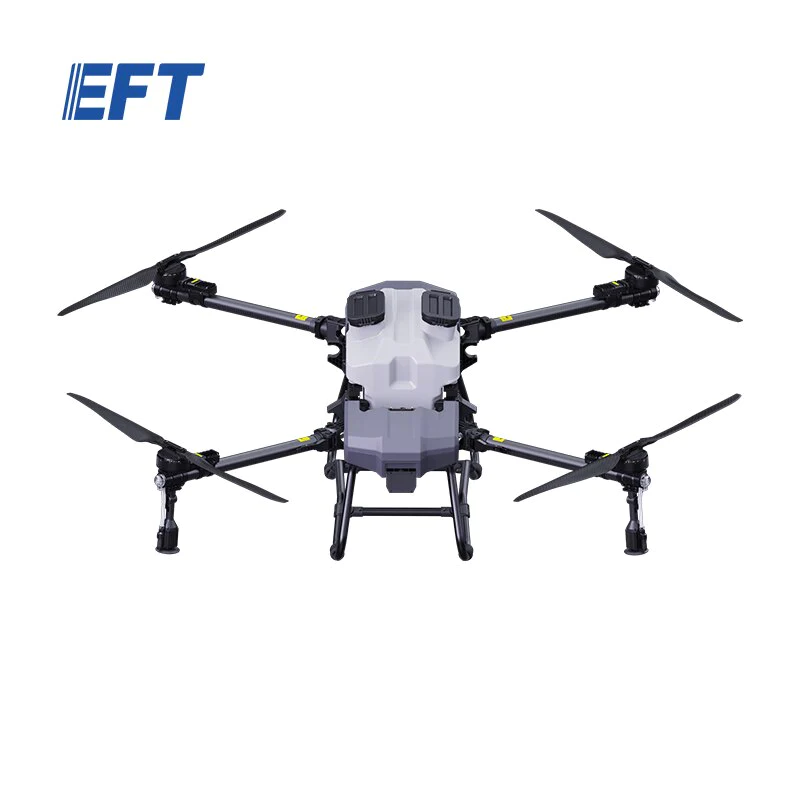
50L Agriculture Drone
Explore our collection of 50L agriculture drones designed for high-efficiency spraying and...
-

70L Agriculture Drone
Discover our large heavy-lift agriculture drones with 70L+ spraying and spreading capacity,...
Agriculture Drone Brand
-
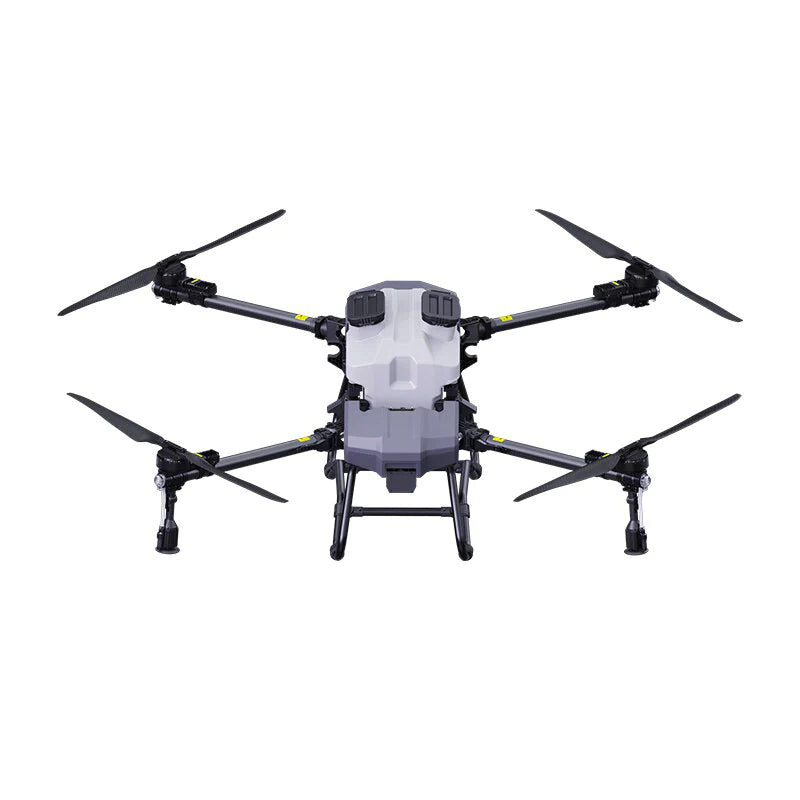
EFT Drones
EFT Drone is a leading drone manufacturer specializing in agricultural UAVs for...
-
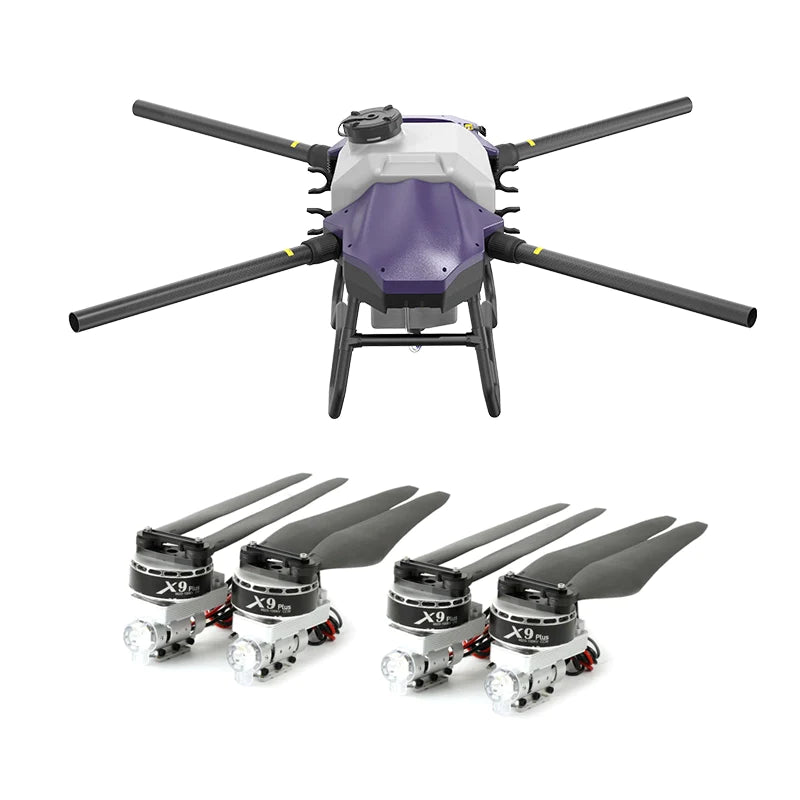
JIS Agriculture Drone
The JIS Agriculture Drone collection is built for high-efficiency crop spraying and...
-

Dreameagle Drone
Dreameagle Industrial & Agricultural Drones Explore the full range of Dreameagle drones,...
-

TYI Drones
TYI Agriculture Drones TYI company was established in 2015 to provide professional...
-

AGR Agriculture Drone
AGR Agriculture Drone by Qifei Intelligent is dedicated to transforming farming through...
Agriculture Drone Accessories
-
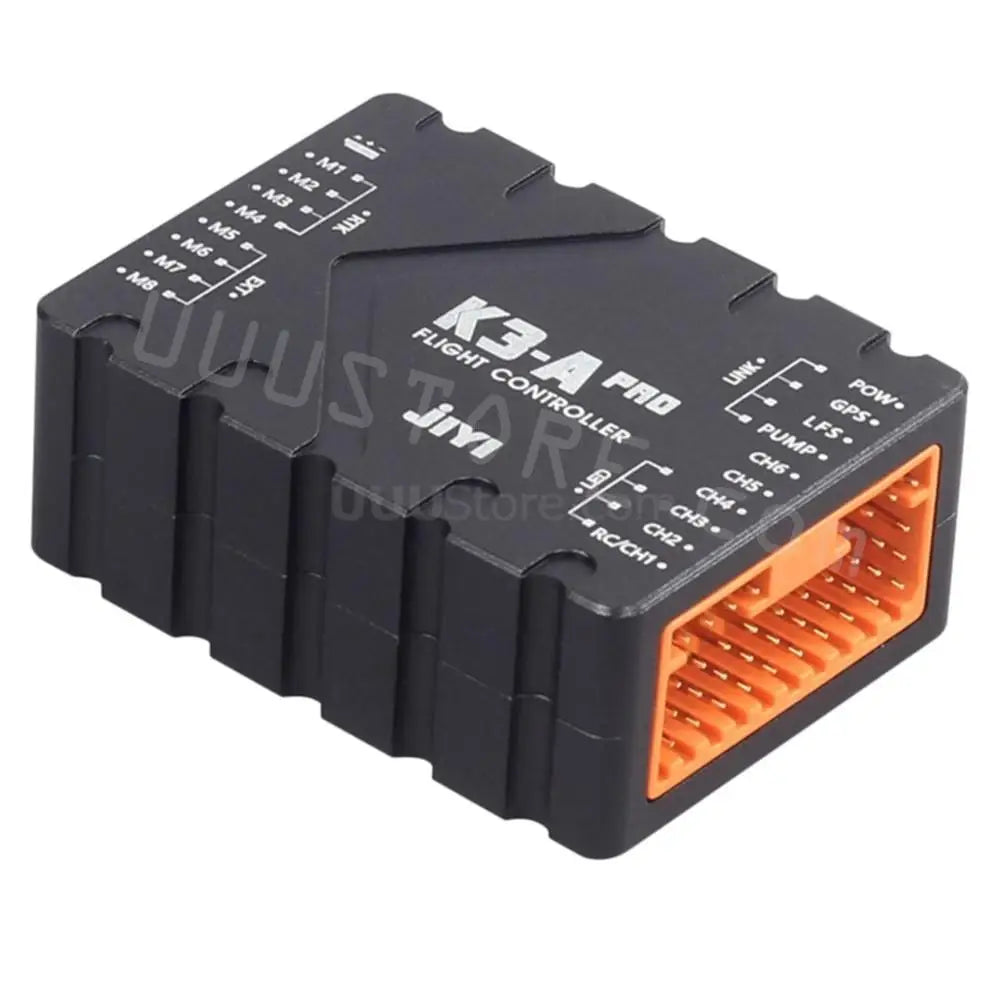
Agriculture Drone Flight Controller
The flight controller (FC) acts as the brain of an agricultural drone,...
-

Agriculture Drone Remote Controller
Explore a professional selection of agriculture drone remote controllers designed for long-range...
-
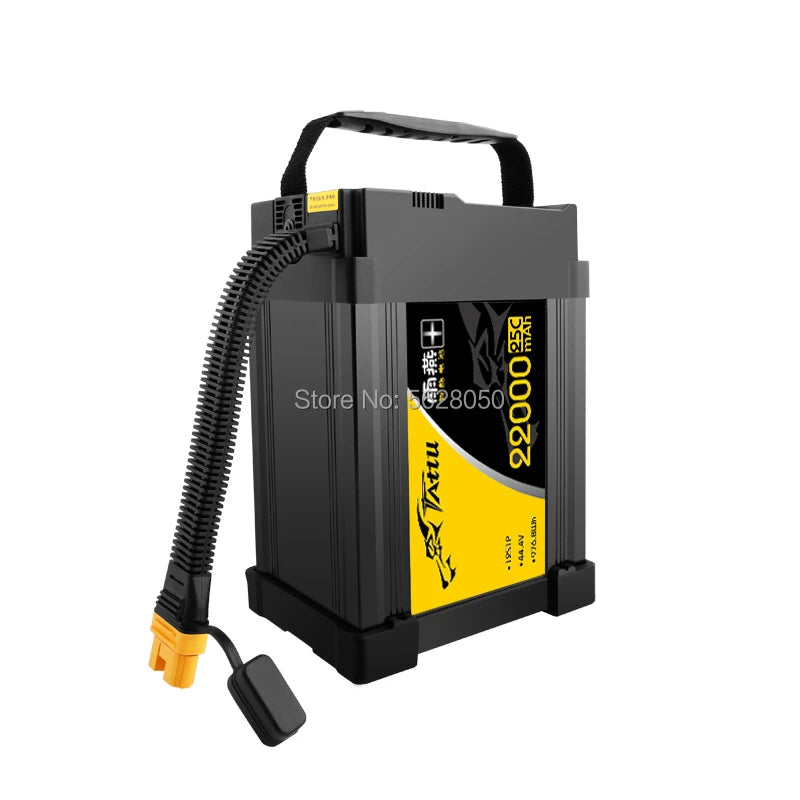
Agriculture Drone Battery
Power your agricultural operations with our premium selection of agriculture drone batteries....
-

Agriculture Drone Battery Charger
Our Agriculture Drone Battery Charger collection features high-power chargers from SKYRC, ZhiAn,...
-
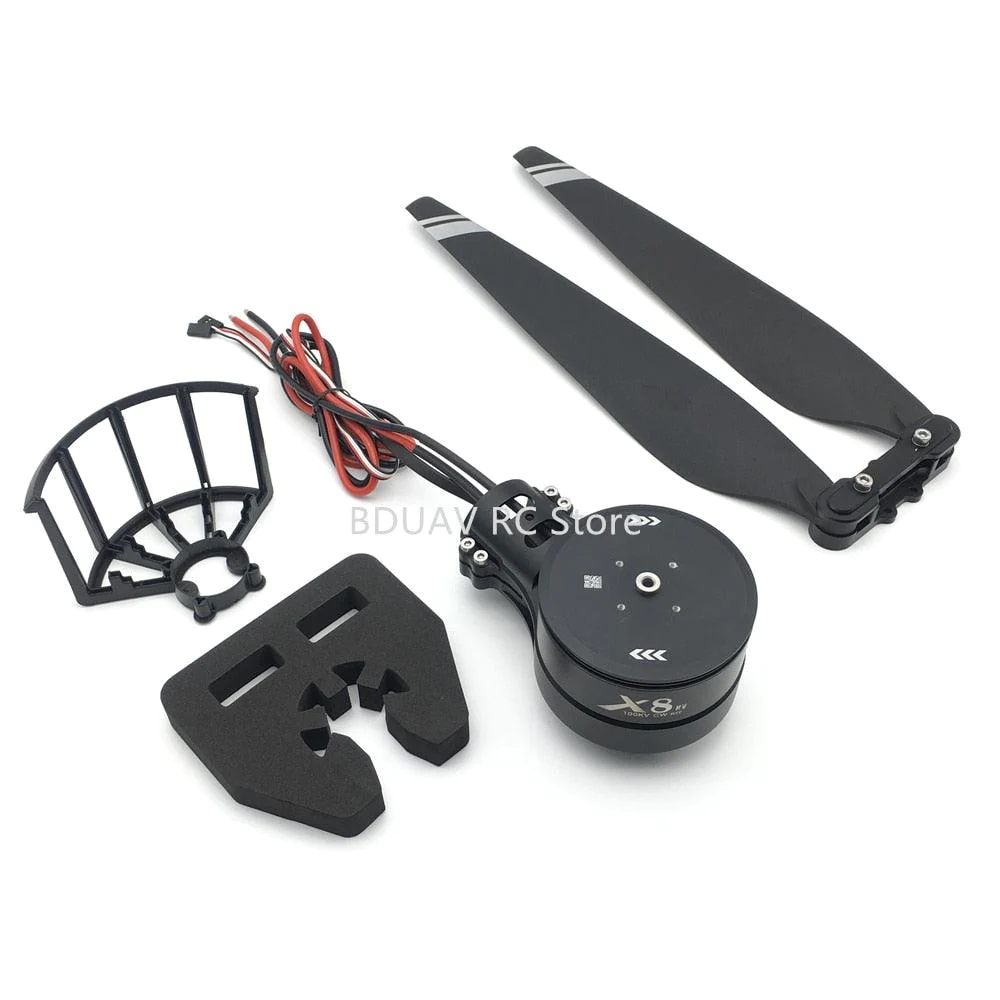
Agriculture Drone Motor
Discover high-thrust brushless motors and integrated power systems built for agriculture drones....
-

Agriculture Drone Propeller
Our Agriculture Drone Propeller collection features high-performance carbon fiber and composite folding...
-

RTK & GPS Modules
Discover our curated range of high-precision RTK and GPS modules designed for...
-

Radar Module
The Radar Module collection features advanced radar solutions designed to enhance drone...
-
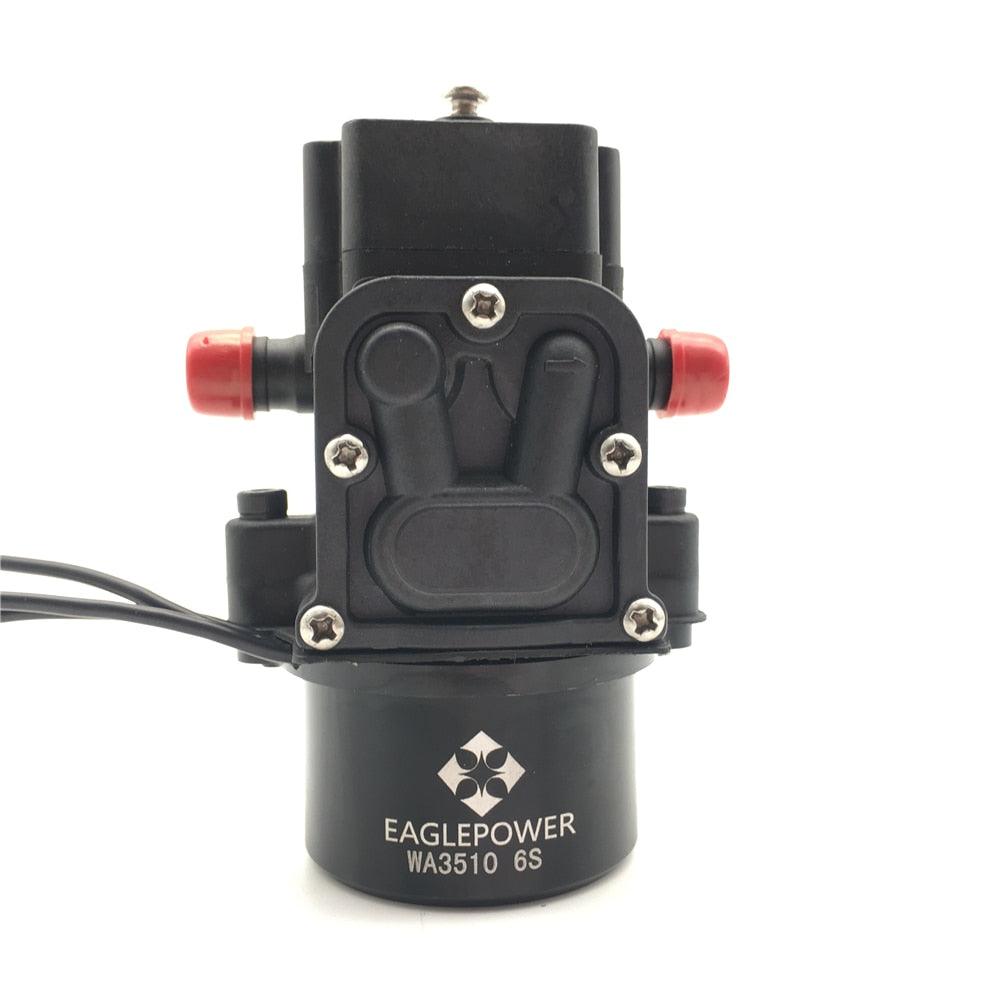
Spray Drone Water Pump
Spray drone water pumps are essential for agricultural UAV spraying systems, offering reliable...
-

Spray Drone Nozzle
Spray drone nozzles are essential components of agricultural UAVs, enabling precise pesticide...
-
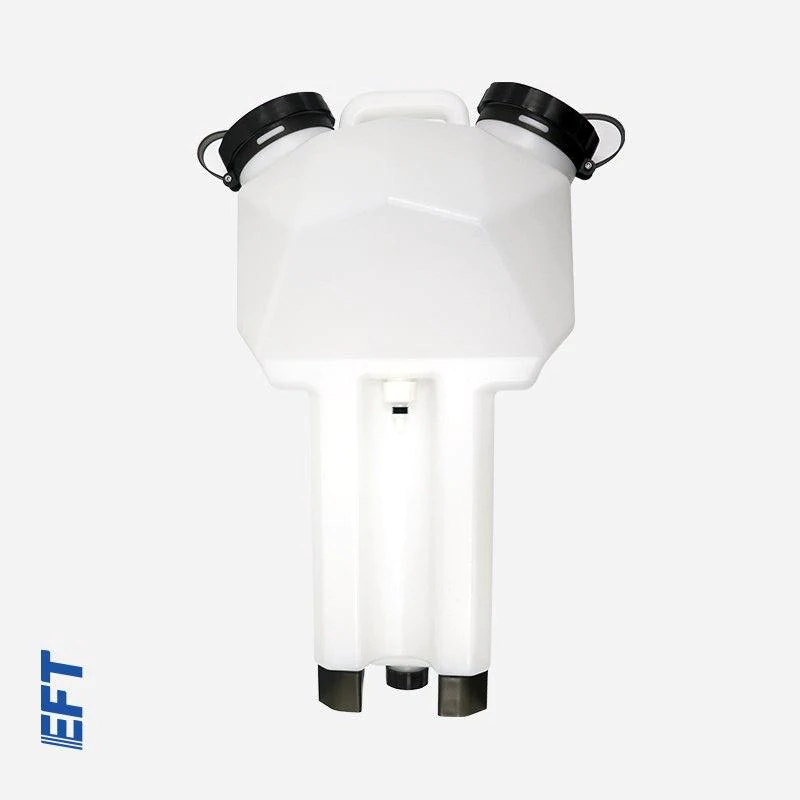
Spray Drone Water Tank
Spray Drone Water Tank is a critical component of agricultural UAVs, designed...
-

Flow Meter
Enhance spraying accuracy with our Flow Meter Collection, designed for agriculture drones...
-
EFT G06 V2 - 4-Axis 6L Agriculture Drone For Spraying, Spreading With Hobbywing X6 Motor, JIYI K3A Pro FC, Skydroid T10, 12S Battery
Regular price From $598.00 USDRegular priceUnit price per -
EFT G630 30L Agriculture Drone - 6 axis 30L Take-off Weight 63kg payload seed sprayer seeder spreader compact with Hobbywing X9 Plus JIYI K++ V2 FC, Skydroid T12
Regular price From $1,039.00 USDRegular priceUnit price per -
EFT E416P 16L Agriculture Drone - 4 Axis Drone Frame 16L Water Tank 16kg Agriculture Sprayer Spreader Drone With Hobbywing X9 Motor, JIYI K3A PRO
Regular price From $849.00 USDRegular priceUnit price per -
EFT G410 10L Agriculture Drone - 4 Axis Drone Frame Kit 10L Water tank Brushless Spraying System With Hobbywing X8 Motor, JIYI K++ V2, Skydroid H12, Tattu 12S Battery
Regular price From $939.00 USDRegular priceUnit price per -
EFT G620 20L Agriculture Drone - 6 Axis 20L 20KG Agriculture Spreader Sprayer Drone With Hobbywing X9, JIYI K++V2,TATTU Pro 22000mAh
Regular price From $1,069.00 USDRegular priceUnit price per -
EFT E420P 20L Agriculture Drone - 4 Axis 20KG 20L 22L Tank Capacity Foldable Propeller Hobbywing Motor X9 plus JIYI K++ V2 H12 Remote Controller
Regular price From $1,849.00 USDRegular priceUnit price per -
EFT E616P 16L Agriculture Drone - 6 Axis Drone Frame 16L Water Tank Spreader System Sprayer With Hobbywing X8 power, JIYI K++ V2, Skydroid H12, Tattu 12S 22000mAh Battery
Regular price From $839.00 USDRegular priceUnit price per -
EFT E610M 10L Agriculture Drone - 6-Axis 10KG Payload Take-off Under 25KG Ultralight Frame
Regular price $699.00 USDRegular priceUnit price per -
EFT G610 10L Agriculture Drone - 6 Axis 10L Full Load Weight 27KG Spreading And Spraying With Hobbywing X6, JIYI K++, Skydroid H12, Tattu 12S 22000mAh Battery
Regular price From $879.00 USDRegular priceUnit price per -
Dreameagle X4-10S 10KG 10L 4-Axis Agricultural Spraying Drone Frame
Regular price From $699.00 USDRegular priceUnit price per -
JIS NV16 16L Agriculture Drone - 4 Axis 16kg Agricultural Spraying Drone With Hobbywing X9 Motor, JIYI K++ V2 Flight Controller, 14S Battery
Regular price From $699.00 USDRegular priceUnit price per -
JIS EV410 10L Agriculture drone - Spraying pesticides Frame parts
Regular price From $769.03 USDRegular priceUnit price per -
JIS HV50 - 50KG Payload 50L Sprayer 80L Spreader Dual Use Agriculture Drone With X13 Motor
Regular price From $985.00 USDRegular priceUnit price per -
Dreameagle X6-40 40L 6-Axis Agriculture Hexacopter Drone
Regular price From $1,359.00 USDRegular priceUnit price per -
Dreameagle X4-40 40L 4-Axis 18S Agriculture Quadcopter Drone
Regular price From $1,199.00 USDRegular priceUnit price per -
Dreameagle X4-30 30L 30KG 4-Axis 14S 18S Agriculture Quadcopter Drone
Regular price From $999.00 USDRegular priceUnit price per -
Dreameagle X420 20L 20kg 4-Axis Agricultural Spray Drone with Hobbywing X9 plus power system
Regular price From $68.71 USDRegular priceUnit price per -
Dreameagle X410Z 4-Axis 10L Agricultural Spraying Drone
Regular price From $899.00 USDRegular priceUnit price per -
Dreameagle X616 16L 16KG Agricultural Drone Frame Kit
Regular price From $803.82 USDRegular priceUnit price per -
Dreameagle X610 10L 6-Axis Agricultural Spraying Drone
Regular price From $702.53 USDRegular priceUnit price per -
Dreameagle F30 / X630 6-Axis 14S 30L Agriculture Hexacopter Drone
Regular price From $1,199.00 USDRegular priceUnit price per -
JIS NV20 20L Agriculture Drone - 4 Axis 20kg Agricultural Spraying Drone Plant Protection Compact With Hobbywing X9 Plus Motor, JIYI K++ V2 Flight Controller, 14S Battery
Regular price From $629.00 USDRegular priceUnit price per -
EFT E620P 20L Agriculture Drone - 6-Axis Agri Drone Frame 20L Water Tank Spray and 8L Spreader Hobbywing X9, JIYI K++ V2, Skydroid H12, Tattu Pro 22000mAh Battery
Regular price From $796.00 USDRegular priceUnit price per -
EFT G20 22L Agriculture Drone - G20 V2.0 4 Axis / 8 Axis 22L/20L 20KG Water Tank Compatible with Hobbywing X8 Motor JIYI K++ FC Dual Quick Release Battery
Regular price From $1,269.00 USDRegular priceUnit price per -
JIS EV422 22L Agriculture drone- 22KG Spraying pesticides Frame parts motor with propeller agriculture spray pump misting nozzle
Regular price From $886.71 USDRegular priceUnit price per -
JIS EV416 16L Agriculture drone - Spraying pesticides Frame parts motor with propeller agriculture spray pump misting nozzle
Regular price From $1,002.84 USDRegular priceUnit price per -
JIS EV616 16L Agriculture drone - Spraying pesticides Frame parts motor with propeller agriculture spray pump misting nozzle
Regular price From $944.79 USDRegular priceUnit price per -
JIS EV622 22L Agriculture drone - 22KG Spraying pesticides Frame parts motor with propeller agriculture spray pump misting nozzle
Regular price From $1,011.15 USDRegular priceUnit price per -
JIS EV422 22L Agriculture drone - Spraying pesticides Frame parts
Regular price From $886.71 USDRegular priceUnit price per -
JIS EV610 10L Agriculture drone - Spraying pesticides Frame parts motor with propeller agriculture spray pump misting nozzle
Regular price From $891.23 USDRegular priceUnit price per -
EFT G420 20L Agriculture Drone - 4-Axis 20L 20KG Agriculture Spray Spread Drone Compact with Hobbywing X9 PLUS Motor, JIYI K++ FC, Skydroid H12
Regular price From $998.00 USDRegular priceUnit price per -
EFT E616P 16L Agriculture Drone - 6 Axis Crop Agriculture Drone frame 16L Water Tank Full Load 35KG 21 minutes Sprayer Spreader Drone Compatible with Hobbywing X8 Motor
Regular price $839.00 USDRegular priceUnit price per -
EFT E610P 10L Agriculture Drone - 6-Axis Sprayer Spreader Drone 10L Water Tank Compact With Hobbywing X6, JIYI K++ V2, Skydroid H12,TATTU 12S Battery
Regular price From $996.00 USDRegular priceUnit price per -
EFT E410P 10L Agriculture Drone - 4 Axis Agriculture Drone frame 10L Water Tank 30inch Propeller Compact With Hobbywing X8, JIYI K3A Pro,Skydroid H12
Regular price From $790.00 USDRegular priceUnit price per -
EFT G616 16L Agriculture Drone - 6 Axis 16kg 16L farming spraying system spreader sprayer drone compact with Hobbywing X8 JIYI K3A Pro FC, Skydroid T12
Regular price From $1,299.00 USDRegular priceUnit price per



























